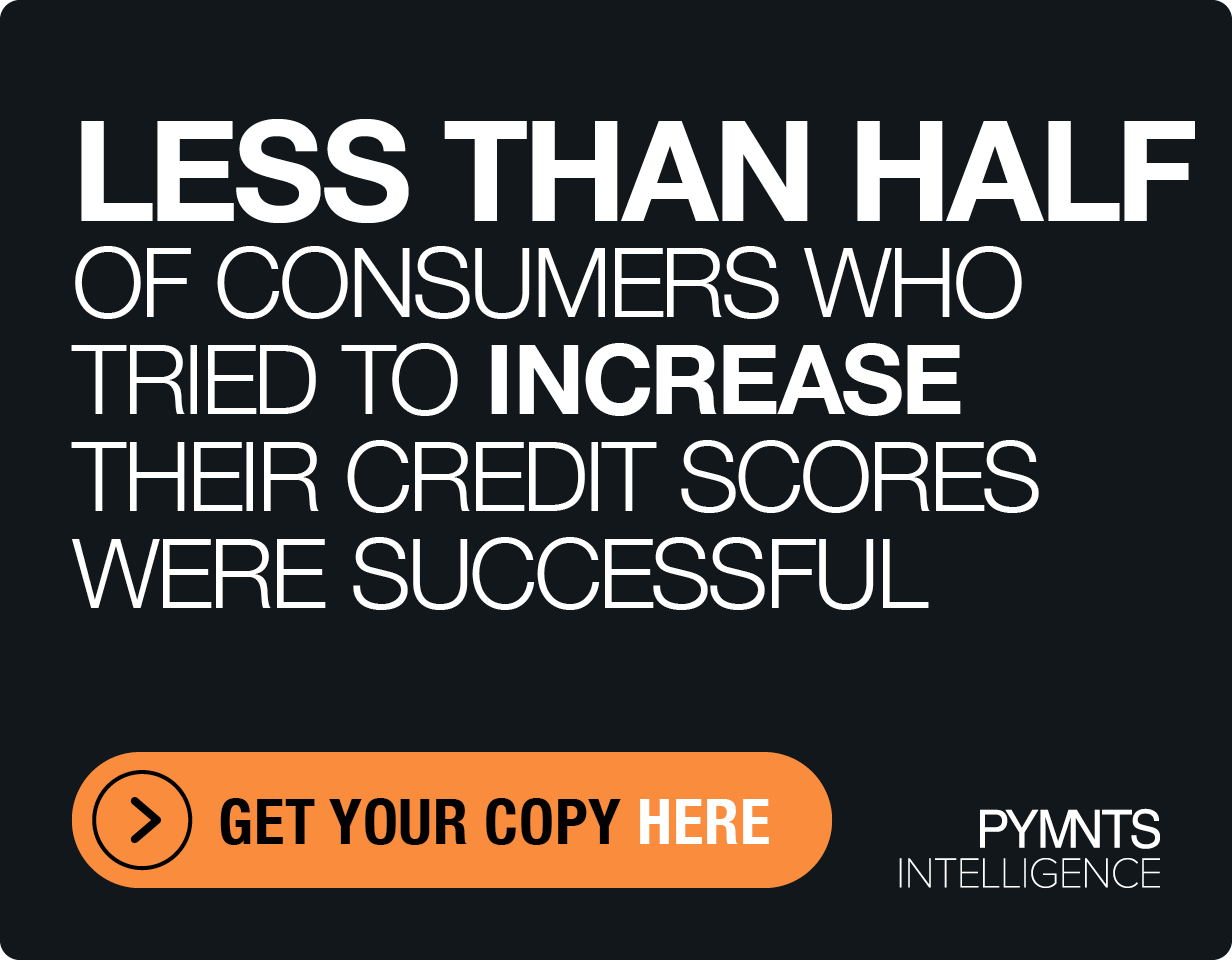Financial Services Providers Use Gamification to Help Customers Manage Debt

Most consumers are dealing with some level of debt.
Only 17% of U.S. consumers carry no debt, according to “The Credit Accessibility Series: Economic Malaise Exacerbating U.S. Consumer Debt Levels,” a PYMNTS Intelligence and Sezzle collaboration.
Among the rest of the population, 50% of consumers have outstanding debt balances of less than $250,000, while 33% have “high debt” of at least $250,000, the report found.
Consumers are managing this debt in several ways, and financial services providers can give them a hand.
For example, during a panel discussion hosted by PYMNTS’ Karen Webster and posted in October, PSCU President and CEO Chuck Fagan said he has found that some consumers are familiar with and comfortable with gamification.
“So, in a lot of the digital mobile banking platforms now, we’re seeing an ability to customize a budgeting system to send you reminders when you hit a certain level of spending during a month, manage based on the balances in your share account,” Fagan said. “Using tools like that, where they’re very comfortable, I think, is providing some support now.”
Sezzle is helping consumers with an education platform, a credit builder and an upcoming tool that rewards those who make payments on time, Sezzle CEO Charlie Youakim said during the same panel discussion.
“We’re doing things within Sezzle, upcoming launches of products to incentivize on-time payments,” Youakim said. “It’s called ‘Payment Streaks,’ where basically, if you keep hitting payment timing on time, you’re going to get rewards within Sezzle itself — so, teaching that right behavior of making sure that you’re not tripping on payments.”
Self Financial also has a strategy that incentivizes consumers to develop good habits and rewards them for doing so, CEO James Garvey said during the panel discussion.
The company has a program in which consumers can progress from a secured credit card to a partially secured one, and then to an unsecured one by paying on time for each of the cards they have along that pathway.
“Ultimately, for the consumer, these are the kind of habits they need to have: making on-time payments, spending responsibly, showing utilization and keeping that utilization down,” Garvey said.

